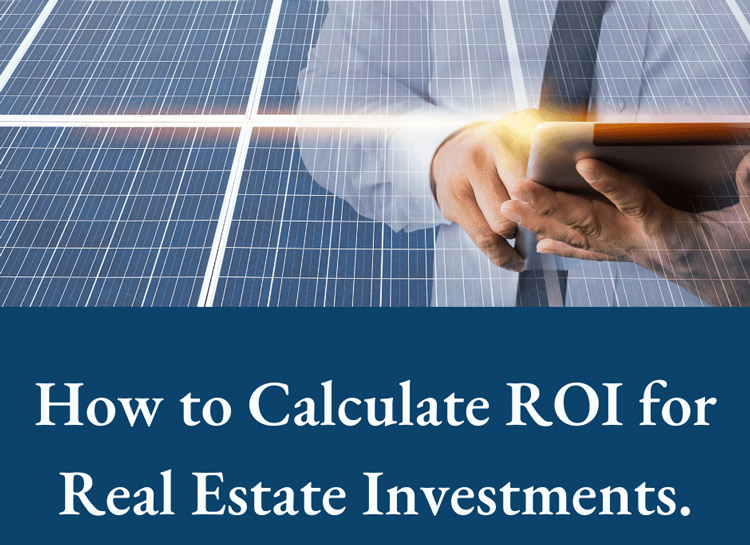HGC loves to talk about real estate investing on our blog! But how can you tell whether an investment is going to be profitable for you? You have to calculate your ROI.
ROI or Return on Investment is a term to describe how much you profit from an investment. It is the percentage of money made on an investment after all the costs associated with that investment are subtracted. So, if you invested $10 and earned $1, your ROI would be 10%, assuming you get your original $10 back.
The basic equation is:
(Gain – Investment Cost) × 100%
Your Cost
Let’s look at the two basic methods of applying this equation to real estate investments:
- The Out of Pocket Method
Suppose you purchased a house for $100,000. The needed rehab was $60,000 and the eventual selling price was $200,000. Let’s also assume that the investor only had to come up with a $10,000 down payment and the rehab costs.The ROI would be:($200,000 – $160,000) × 100% = ~57%
$70,000
- The Cost Method
Let’s use the same imaginary situation, but the investor paid for everything with his own money.The equity in the property is $40,000 (200,000 – 100,000 – 60,000= $40,000).The ROI would be $40,000 / $160,000 = 25% (A 40k profit on 160k spent).
The first method allows for the use of leverage, so it might seem better to borrow as much as you can. But consider that that actual amount of money you would make would be greater in # 2, since there wouldn’t be any costs associated with the loan. So your rate of return might be lower, but the number of dollars in your pocket would be greater.
Which method you choose is up to you. The point is to stick to one method when comparing different prospective investments. ROI can be an excellent tool to determine which deal is better than another.
Other Considerations
Don’t be concerned with equity in your calculations; it’s better to be concerned with the amount of money you are left with at the end. You need to consider all your expenses, such as:
- Property taxes that you have to pay
- Insurance while you’re holding the property
- Utilities
- Interest on any loans
- Closing costs, both to buy and to sell the property
- Real estate commissions when you sell
- Mowing the grass until the property sells
- Appraisal and inspection costs
- Costs for repairs – both materials and labor
Surprised by that list? That’s because they don’t mention all that on those real estate shows you see on TV. They rarely address all these costs, but those shows have little to do with reality. All they talk about is the purchase price, cost of repairs, and the selling price. As you can see, repair costs are only one of many costs that you may be responsible for. Be sure you’re subtracting all your expected costs when you do your calculations.
Also consider time. Is a 40% return in 12 months better than a 20% return in 12 weeks? In most cases, no, it is not. Just be sure to consider the time period when you’re making comparisons.
Also consider cash flow. In the case of an apartment building, your ‘gain’ would be the rents that you collect over the course of a year. But be sure to include a vacancy rate in your calculations. There are also greater costs associated with owning rental properties: repairs in the middle of the night, painting between tenants, advertising, carpeting, landscaping, and more.
Predicting a completely accurate ROI estimate really isn’t really possible in real estate. You never truly know your future selling price or how long it will take. Repair estimates can be off as well. That’s why it’s important to estimate high on your costs and low on the income. Be conservative and you’ll hopefully be pleasantly surprised in the end. We love to talk with clients about the pros and cons of their real estate portfolio and investment decisions, so if you’re in the process of figuring out some of those numbers, let’s chat! Grab some time with us today.

